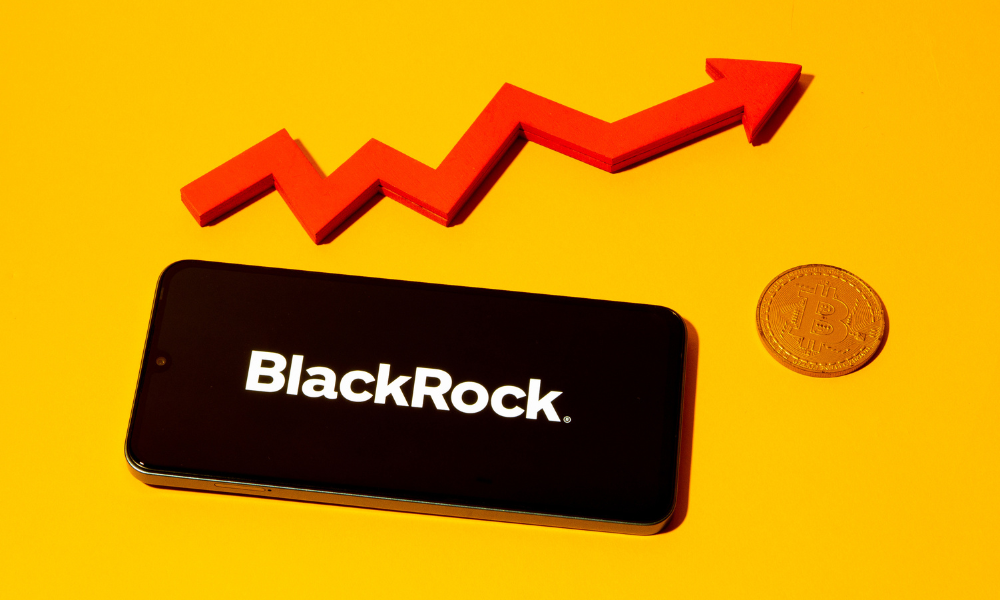Analysis of climate funds across the pond points to success of sustainable finance disclosure frame

Amid a rush to capture the opportunities in ESG investing, fund companies the world over have been coming out with new “green”-labelled products for the climate-conscious investor. And while both critics and proponents of ESG acknowledge that greenwashing is a clear and present danger, a report from MSCI suggests that efforts to clarify the language of sustainability could be an effective remedy.
“Institutional investors can already draw on a number of tools to assess a fund, be it the PRI’s transparency reports, CFA Institute’s disclosure standards or MSCI ESG Fund Ratings,” the index provider said in its 2022 ESG Trends to Watch report.
Green shoots are also sprouting for retail investors in North America. “In the U.S., the Securities and Exchange Commission has put the investment industry on notice with pronouncements and bulletins highlighting deficiencies in disclosure and practices in its examinations of funds’ ESG claims,” MSCI said.
Across the pond, Europe’s regulatory push for sustainability already appears to be working. “Our research suggests the EU’s mandated Sustainable Finance Disclosure Regulation (SFDR) classifications (Articles 6, 8 and 9) are strengthening the quality of disclosures in Europe’s ESG funds,” MSCI said.
Referring to its Implied Temperature Rise framework, the index provider said self-described “climate” equity funds that were categorized under SFDR articles 8 and 9 aligned closer to a 1.5 to 2 degrees Celsius rise in temperature than peer uncategorized funds.
Compared to the entire fund universe, which also includes uncategorized climate funds, MSCI also found that those categorized under Article 8 and Article 9 tended to gravitate toward the lower end of the carbon-intensity spectrum – with a “very low” label assigned to those determined to equate to less than 1.5 tons carbon dioxide equivalent per million dollars in sales.
Such funds were also less concentrated at the higher end, where “very high” carbon intensity indicates at least 525 tons carbon dioxide equivalent per million in sales.
“Avoiding greenwashing and making more-informed choices could soon become a lot easier, as disclosures about a fund’s ESG objectives, approach(es) and quantitative financial and nonfinancial characteristics all become part of the default information set for all investors,” MSCI said.



